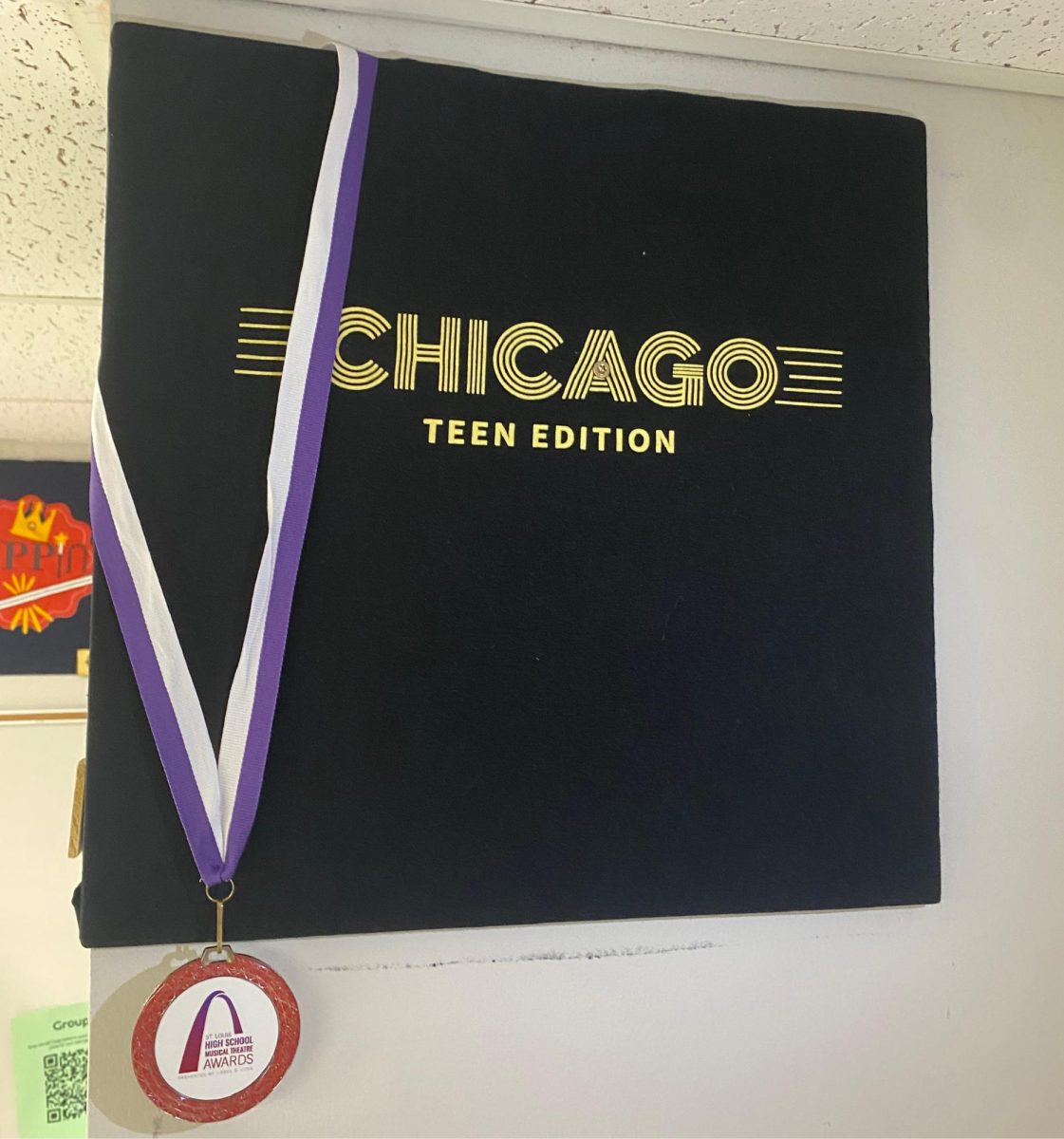‘Phantom Thread’ Ghosts Past a Positive Rating
January 25, 2018
The best thing in the world is a good movie. The second best thing is a bad movie; it provides so much opportunity to laugh.
Unfortunately for director Paul Thomas Anderson, “Phantom Thread” falls into the latter category.
Set in 1950s London, amid the glamorous and elegant world of fashion icon Reynolds Woodcock, portrayed by Daniel Day Lewis in his ‘final’ role, “Phantom Thread” leaves much to be desired. Was it a love story? Was it an artist-muse obsession saga?
After sitting through two drawn-out hours, I couldn’t tell you which category “Phantom Thread” falls into—if either.
The story, which was devoid of any character or plot development, centers around Woodcock’s relationship with the somewhat-naïve-but-not-really-naïve Alma (Vicky Krieps), who has no identity outside of her not-a-boyfriend-boyfriend.
Consumed by his work, Woodcock selects Alma to be his ideal model, though he quickly tires of her as he has of many women before her. Let’s just say toast plays a role in their crumbling romance—you shouldn’t have used that much butter, Alma.
Partially abusive and partially abused, Woodcock and Alma play a cat and mouse game that is neither interesting nor clarified. The audience has no sense of who either of the main characters are or their motivations. An Oedipal complex is hinted at but never fully explored.
The acting was marvelous, as was the cinematography, featuring close-up shots to make the environment feel cloistered, though that is really all that recommends it.
Whoever was in charge of the sound stage was either trying too hard or the director simply made bizarre choices about how loud a pulled-out chair should sound. In either instance, the too-loud actions were constant and grating.
Sadly, “Phantom Thread” failed to live up to its Golden Globe hype. It seems that it managed to let a positive review vanish before its eyes.











